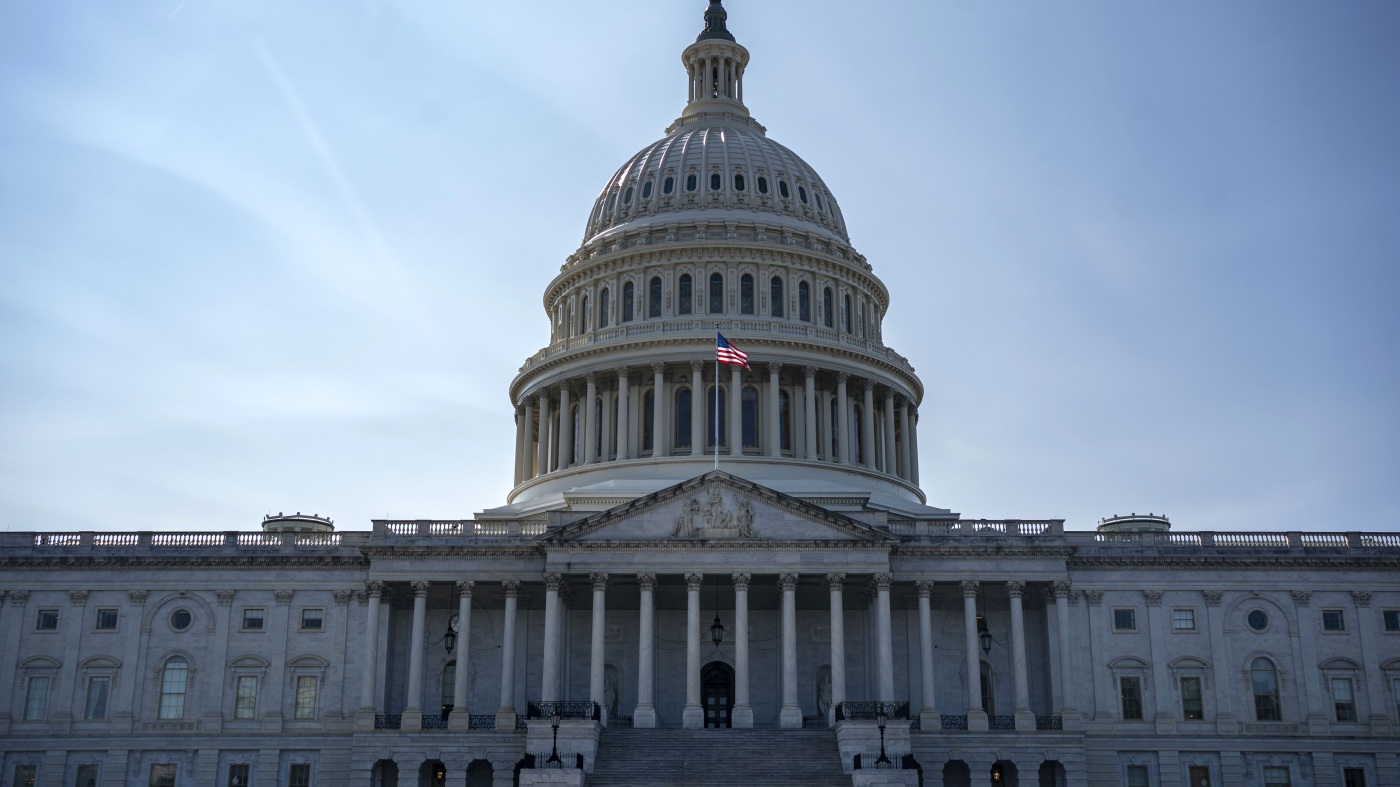The Clash Between Innovation and Tradition in Federal Oversight: Analyzing the DOGE vs. GAO Controversy
The recent conflict between Elon Musk’s Department of Government Efficiency (DOGE) and the Government Accountability Office (GAO) encapsulates a broader tension in federal governance: how to balance bold reform initiatives driven by tech innovators against established, methodical systems designed to safeguard accountability and neutrality. This controversy is not merely a bureaucratic skirmish but a reflection of deeper structural, political, and institutional challenges facing government efficiency efforts today.
DOGE’s Disruptive Ambitions and the Boundaries of Federal Authority
DOGE emerged under the banner of shaking up government inefficiency, with a mandate to aggressively audit and restructure federal agencies to cut costs and improve operations. What sets DOGE apart is its unconventional nature—it operates with an entrepreneurial zeal, seemingly unfettered by many of the traditional legal and procedural frameworks that guide federal agencies. The group’s attempt to embed a dedicated team within the GAO highlights its assertive approach but also underscores a fundamental misunderstanding or dismissal of legislative-executive boundaries.
The GAO’s rejection of this request was a clear assertion of its institutional independence as a legislative branch agency. By law, the GAO operates as an impartial watchdog, insulated from executive branch pressures—a critical design to prevent politicization in auditing federal operations. DOGE’s move to place personnel inside the GAO appeared to infringe on these safeguards, provoking an institutional pushback that reveals the legal and operational limits of executive-driven reform efforts.
Internal Resistance and Institutional Scrutiny
DOGE’s strategies have triggered notable internal dissent. The mass resignation of twenty-one civil servants signals deep discomfort within government ranks about the direction and methods deployed. Staff concerns centered on fears that aggressive cuts could dismantle essential public services and jeopardize sensitive government data, highlighting the human and operational risks tied to rapid, sweeping reforms without comprehensive stakeholder engagement.
Simultaneously, the GAO has initiated its own audit into DOGE’s operations, a move that amplifies scrutiny on DOGE’s compliance with federal standards and legal norms. This audit suggests that DOGE, despite its tech-driven ethos, must reckon with long-standing institutional frameworks that prevent arbitrary actions within federal governance. The GAO’s efforts serve as a counterbalance to DOGE’s informal and fast-moving methods, emphasizing the necessity for accountability and procedural integrity.
Structural Ambiguity and the Challenge of Oversight
A major complication in this saga is DOGE’s ambiguous structural status within the federal system. Unlike agencies established by congressional mandate with clear oversight mechanisms, DOGE’s authority, transparency, and jurisdiction have been subjects of criticism. Questions about the absence of formal checks and the potential for overreach raise alarms about risks to democratic governance.
The group’s attempts to access critical financial systems, such as those of the Treasury, and to interfere with other oversight bodies amplify concerns about privacy, data security, and politicization. These actions reflect a broader conflict between emerging, technologically driven reform initiatives and traditional bipartisan institutions that exist to maintain a nonpartisan balance in government operations.
Political Dynamics and Judicial Intervention
The DOGE-GAO conflict plays out in a volatile political environment marked by overlapping jurisdictions and competing interests. Congressional committees sharing the DOGE acronym intersect with the initiative, while federal judges have intervened to restrain some of DOGE’s workforce realignment efforts. These overlapping layers of political and institutional oversight illustrate the complexity of governing reform efforts that occupy gray areas between executive ambition, legislative prerogatives, and judicial checks.
Media scrutiny and expert commentary comparing DOGE to traditional agencies highlight widespread wariness that rapid efficiency efforts could sacrifice the rigorous, independent scrutiny necessary for responsible government. Judicial orders limiting DOGE’s plans underscore how courts may act as a critical arbiter in ensuring that reform does not override legality or due process.
Conclusion: Striking a Balance Between Bold Reform and Institutional Integrity
The DOGE versus GAO episode is emblematic of a fundamental dilemma in modern governance: how to innovate and streamline government functions without compromising the principles of transparency, independence, and accountability that safeguard democratic institutions. Elon Musk’s DOGE pushes the boundaries of traditional federal oversight with aggressive tactics and a bold vision for efficiency, yet the GAO’s steadfast defense of institutional autonomy reinforces the enduring importance of structured checks and balances.
This clash reveals that while reform is essential, it must be pursued with respect for established governance norms. Effective reform requires clear authority, transparency, and adherence to legal processes to ensure that efforts genuinely serve the public interest rather than disrupt vital government functions. The ongoing scrutiny of DOGE by the GAO and the broader political system illustrates the indispensable role of accountability in the evolution of government efficiency initiatives.
Innovation in government is not about breaking rules but about evolving them thoughtfully, preserving public trust while adapting to new challenges. The DOGE-GAO story serves as a powerful reminder that change in the public sector demands both bold vision and disciplined governance—a delicate dance without which reforms risk undermining the very institutions they aim to improve.











